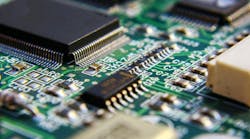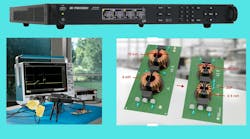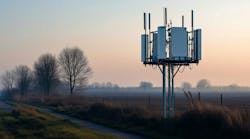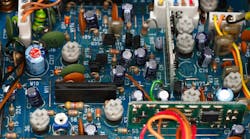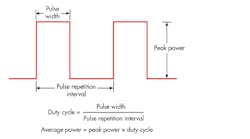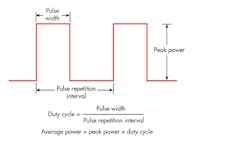Continuous-wave (CW) signals are often used in RF/microwave applications. Measuring the power level of such signals typically involves a CW power sensor. Many diode-based CW power sensors have a wide dynamic range, allowing them to be an excellent choice for measuring unmodulated CW signals. However, some RF/microwave applications utilize pulsed signals rather than CW signals.
For instance, radar applications often use pulsed RF signals, which can be described as periodic bursts of an RF carrier. In essence, these signals are “on” for a certain amount of time. At the end of the “on” cycle, the signal is then “off” for a period of time. While a CW or average power sensor can be used to measure pulsed RF signals, they may not always be the most effective option. Oftentimes, measuring these signals can be performed more effectively by taking a different approach. It’s therefore important to understand pulsed RF signals, as well as the techniques that can be used to measure them.
Description of Pulsed RF Signals
Figure 1 shows an ideal pulse. Among the characteristics that describe pulses are peak power, average power, pulse repetition frequency (PRF), pulse repetition interval (PRI), pulse width, duty cycle, rise time, and fall time. PRF is the rate at which pulses are generated. PRI is inversely related to the PRF. Pulse width is simply the duration of a pulse. The peak power of a pulse can be seen clearly in Fig. 1. The average power of a pulse is related to its duty cycle and peak power level.
1. Shown is an ideal pulse.
A pulse-modulated RF signal is created when a pulse modulates an RF carrier. Figure 2 is an illustration of a modulating pulse along with an RF carrier. When the pulse modulates the RF carrier, the result is a pulse-modulated RF signal, shown in Figure 3.




